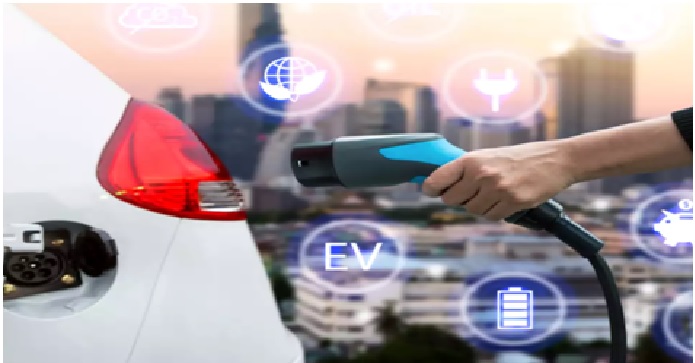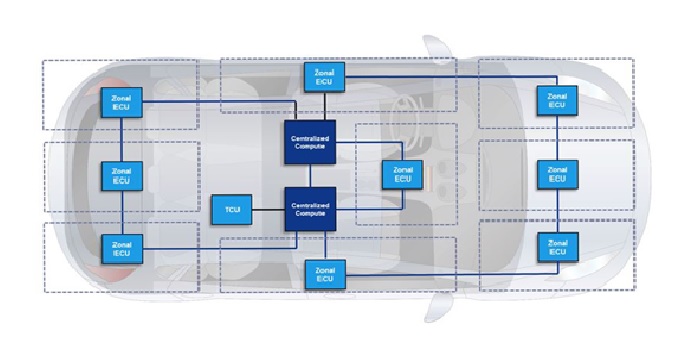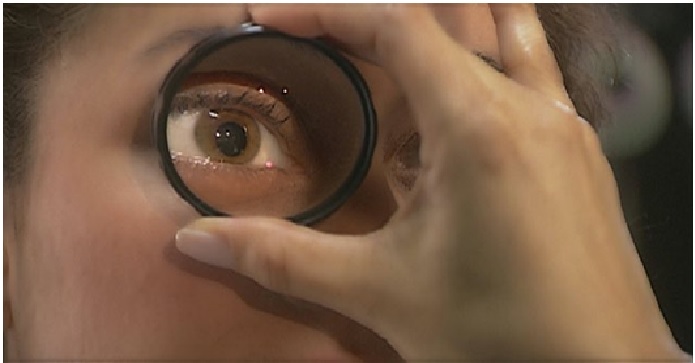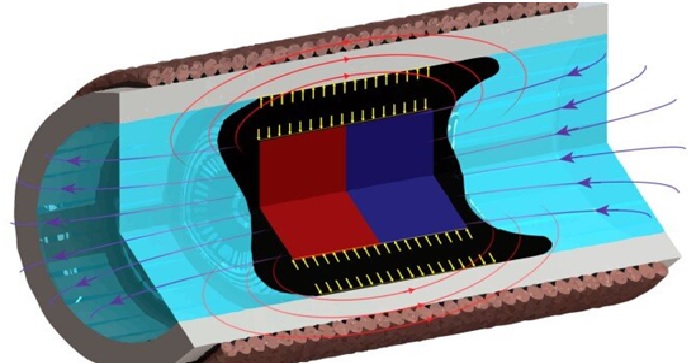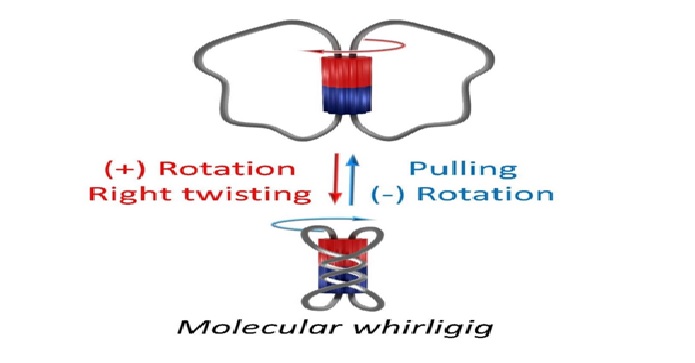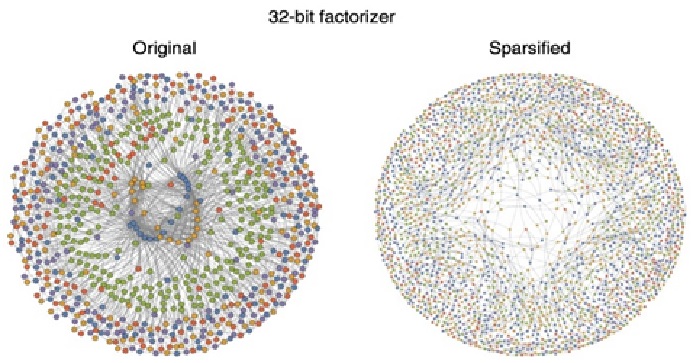Porous Solar Cells Could Help Scientists to Develop Better Pacemakers
In a bid to use solar energy more efficiently to power medical devices, scientists have innovated a new method to develop solar cells that could help build better pacemakers. Expanding the potential of solar cells, scientists from the University of Chicago incorporated holes on the top layer of the solar cells, making them porous. They found that the holes could improve the technology and in turn be used in making less-invasive pacemakers. [1]
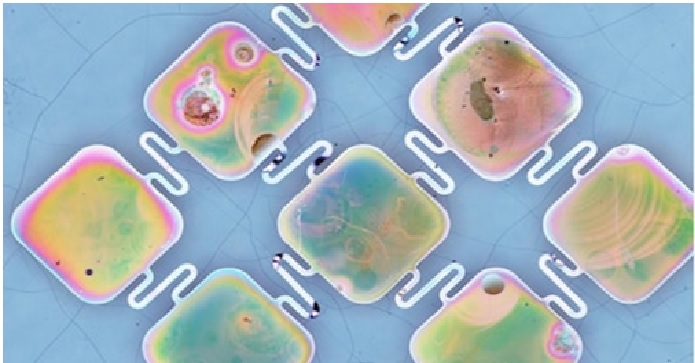
Figure 1. Porous Solar Cells Could Help Scientists to Develop Better Pacemakers
Figure 1 shows the current method to make solar cells requires two layers. Here, either silicon is combined with other material like gold or different kinds of atoms are mixed into each silicon layer. In a recent study, published in Nature Materials, scientists found that holes could help obviate the need to include other materials.
They observed that by making one layer porous, the solar cell could be created just by using pure silicon. The holes make the cell porous, flexible, soft and measure less than five microns across. It can be about the size of a single red blood cell and be paired with an optical fibre as thin as a strand of human hair. [2]
These options considerably cut back the scale of the cells making them extra appropriate to be implanted within the physique. “When we measured them, we saw the photocurrent was really high—two orders of magnitude higher than our previous designs,” stated Jiuyun Shi, co-author of the examine.
Scientists have handled the fabric with oxygen plasma to oxidise the floor layer. The course of helps in making the silicon hydrophilic which attracts water and boots the sign to organic tissues. [3]
This unique method of making solar cells might additionally be of passion for lasting energy or various other non-medical applications. Because these solar cells are designed to work best in a liquid environment, UChicago researchers think they could be used in applications such as artificial fallen leaves and solar fuels.
Tian's team is working with cardiac researchers at the University of Chicago Medicine to better develop the innovation for eventual use in people. They are likewise teaming up with the UChicago Polsky Center for Entrepreneurship as well as Innovation to commercialize the discovery. [4]
References:
- https://newslogic.in/science/porous-solar-cells-could-help-scientists-to-develop-better-pacemakers/
- https://gadgets360.com/science/news/porous-solar-cells-better-pacemakers-finds-3071863
- https://180gadgets.com/porous-solar-cells-could-help-scientists-to-develop-better-pacemakers/
- https://list.solar/news/sponge-like-solar/
Cite this article:
Thanusri swetha J (2022), Porous Solar Cells Could Help Scientists to Develop Better Pacemakers, AnaTechMaz, pp.238


